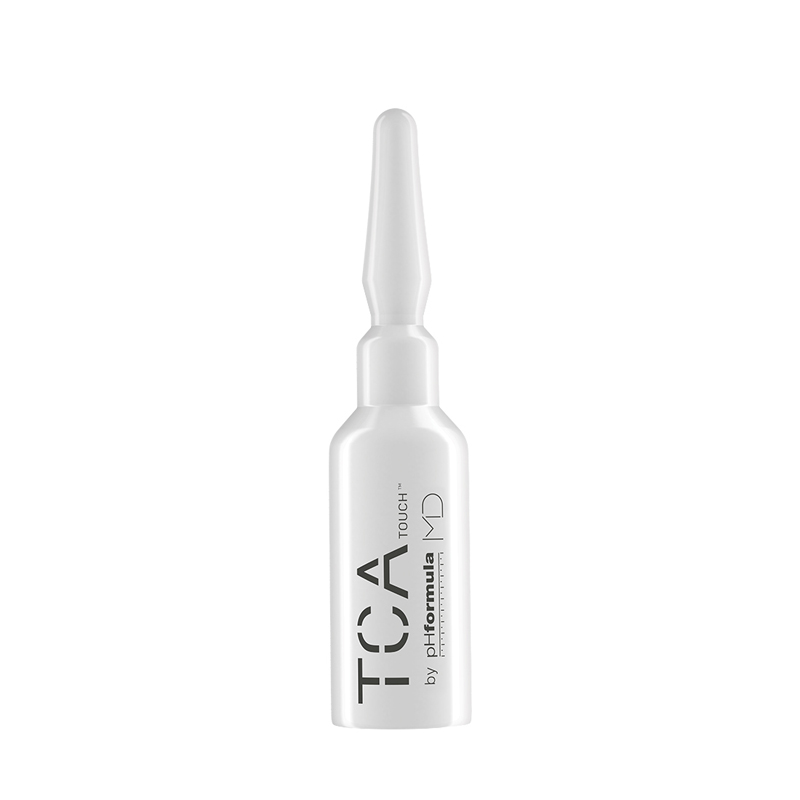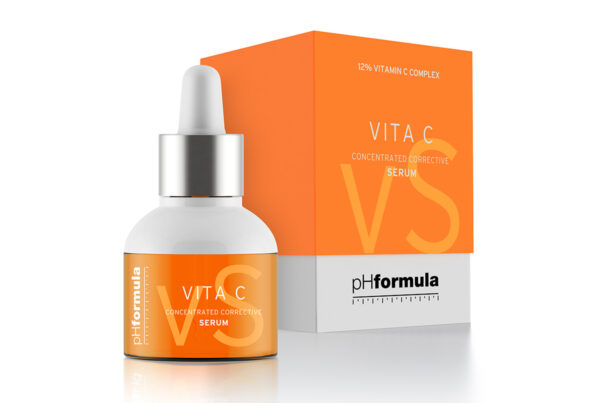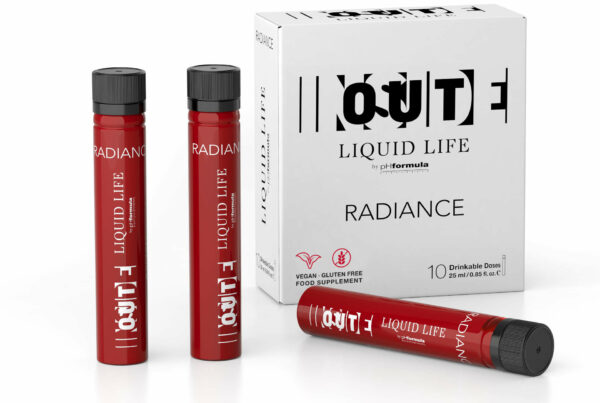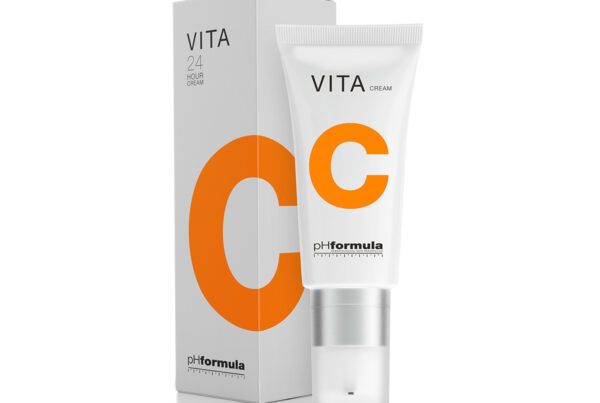Revolutionary Skin Resurfacing
The TCA Touch, a trichloroacetic acid solution with the ability to control the penetration, resulting in a unique nonaggressive and multi-functional treatment that can be used to achieve a variety of results.
What Is It?
TCA TOUCH is the most advanced chemical resurfacing treatment I offer here at DermaGuru, otherwise known as a TCA Peel.
The TCA TOUCH is a revolutionary concept with intense stimulation and cell renewal, The pHformula TCA Touch was specifically formulated as an advanced anti-ageing resurfacing treatment to help correct typical signs of photo-ageing.
How Does It Work?
Trichloroacetic acid, otherwise known as TCA 30% concentration, results in intense stimulation and cell renewal with excellent skin tolerance and effectiveness. Combined with the unique delivery complex PH-DVCTM ensures the TCA molecules’ rapid delivery into the deeper layers with no superficial trauma and excellent skin tolerance.
Trichloroacetic acid works by breaking down keratin (the protein that binds together the outermost layer of your skin.) By exfoliating this top layer of skin, trichloroacetic acid lifts stubborn dark spots and hyperpigmentation without disturbing or harming the deeper layers of the dermis. This makes it an ideal option for those seeking an answer for pigmentation issues—from sun damage to dark spots, without the side effects that other deeper peels come with.
What can be achieved?
An instant lifting effect with intense stimulation of cell renewal that immediately reduces the appearance of fine lines and wrinkles. Magnesium and Arbutin provide skin lightening properties and prevent the formation of melanin – perfect for treating hyperpigmentation (read the blog on hyperpigmentation here.)
Despite it’s strength, this TCA treatment has been specifically formulated to reduce any risk of post-inflammatory hyperpigmentation, persistent erythema and lengthy downtimes.
Trichloroacetic Acid:
TCA, in a clear colourless solution, is available in concentrations up to 100%, and has not been associated with allergic reactions. The available concentrations include those used for superficial depth peels (10%-30%), medium depth peels (35%-50%), and deep peels (greater than 50%).
TCA causes coagulation of the cellular membrane of epidermal proteins in the epidermis and, depending on the concentration, the dermis. Repair of the epidermal cells induces resurfacing of the skin and neocollagenesis (the process of producing collagen, resulting from an inflammatory response to injury.) This inflammation produces increased fibroblast stimulation and collagen deposits.. TCA can be combined with other acids, including glycolic acid, Jessner solution and solid CO2. It has also been combined with lactic acid, mandelic acid, and salicylic acid in combination peels of various concentrations.
Magnesium Sulfate:
Magnesium Sulfate is a non-reactive, solid ingredient, which is commonly used as a bulking agent in cosmetic formulations. Bulking agents are used to dilute other solids or to increase the volume of a product. This is especially important if you have strong active ingredients that need to be spread across a formulation – making them less aggressive.
Arbutin:
pHformula Education:
Are you looking to provide pHformula treatments and products?
FAQ’s
Am I Suitable for the Treatment?
Face, neck, décolleté and hands each respond brilliantly to this treatment.
Photo-ageing such as glycation causing medium to fine lines and wrinkles, pigmentation and skin discolouration, acne prone skin and newly obtained scars are all suitable for treatment. All skin types I-VI on the Fitzpatrick Scale respond well to this treatment.
Is there any down time?
Immediately post treatment redness, tightness and warmth of the skin is perfectly normal and to be expected.
24 hours post-treatment, tightness and dryness will likely be the two most common outcomes. 48-60 hours later flaking or mild shedding with some dryness, using the homecare kit supplied with the treatment will help alleviate this part of the process. The tightening process will continue as part of the desired outcome of the treatment.
How many treatments will I need?
One to three treatments spaced four weeks apart is the recommended protocol depending on the outcome desired. On review further treatments may be recommended if appropriate.
Post Treatment Advice:
pHformula homecare can be used to enhance the overall results and assist in post-treatment healing. A daily SPF is essential to assist in the success of this treatment and protect the skin from UV radiation and prevent further photo-ageing.




